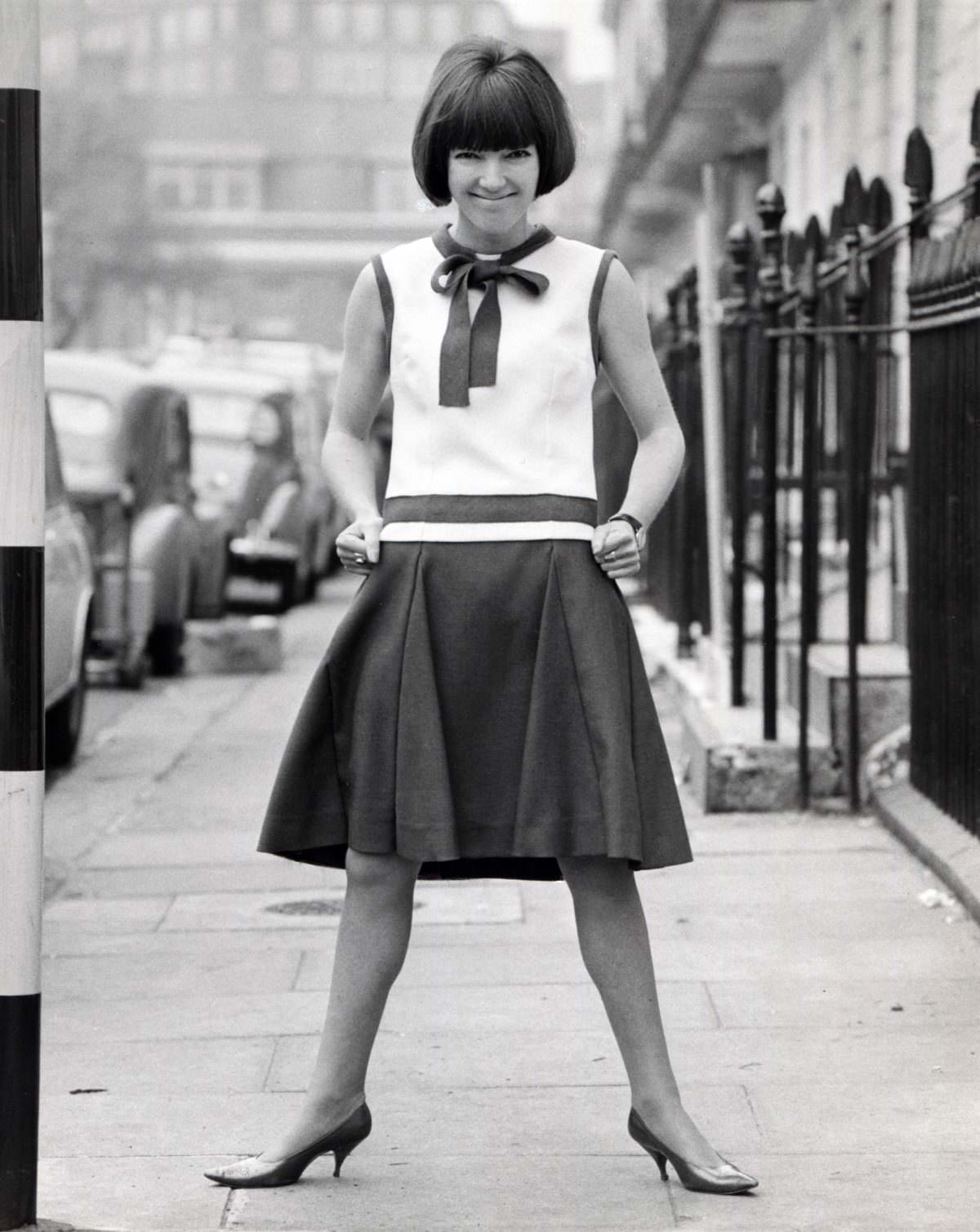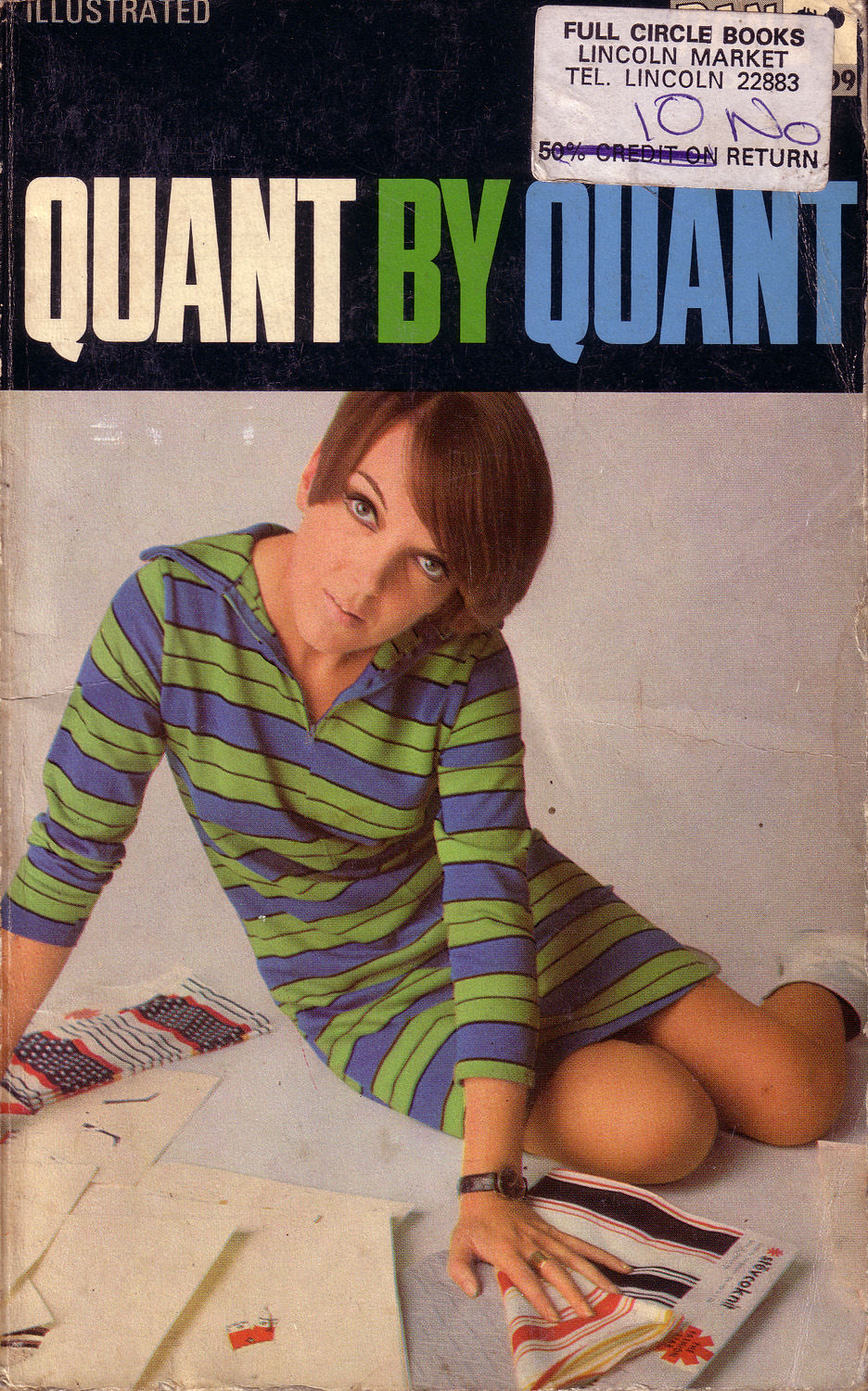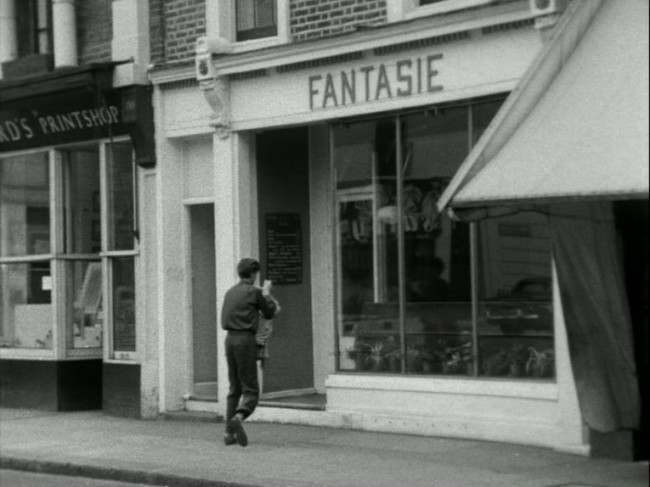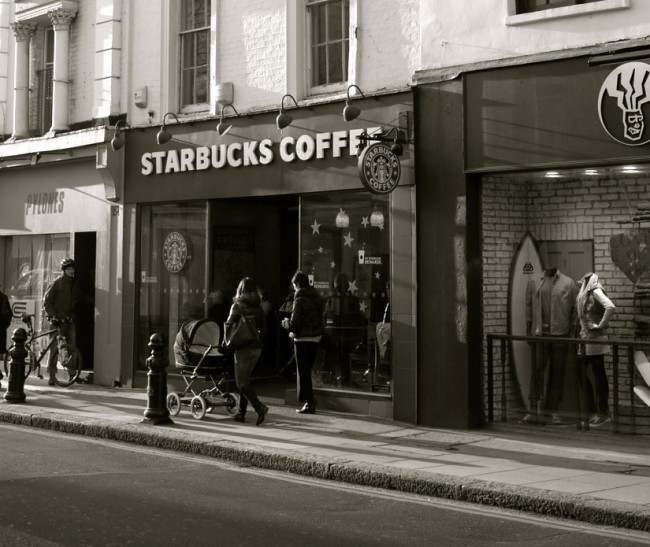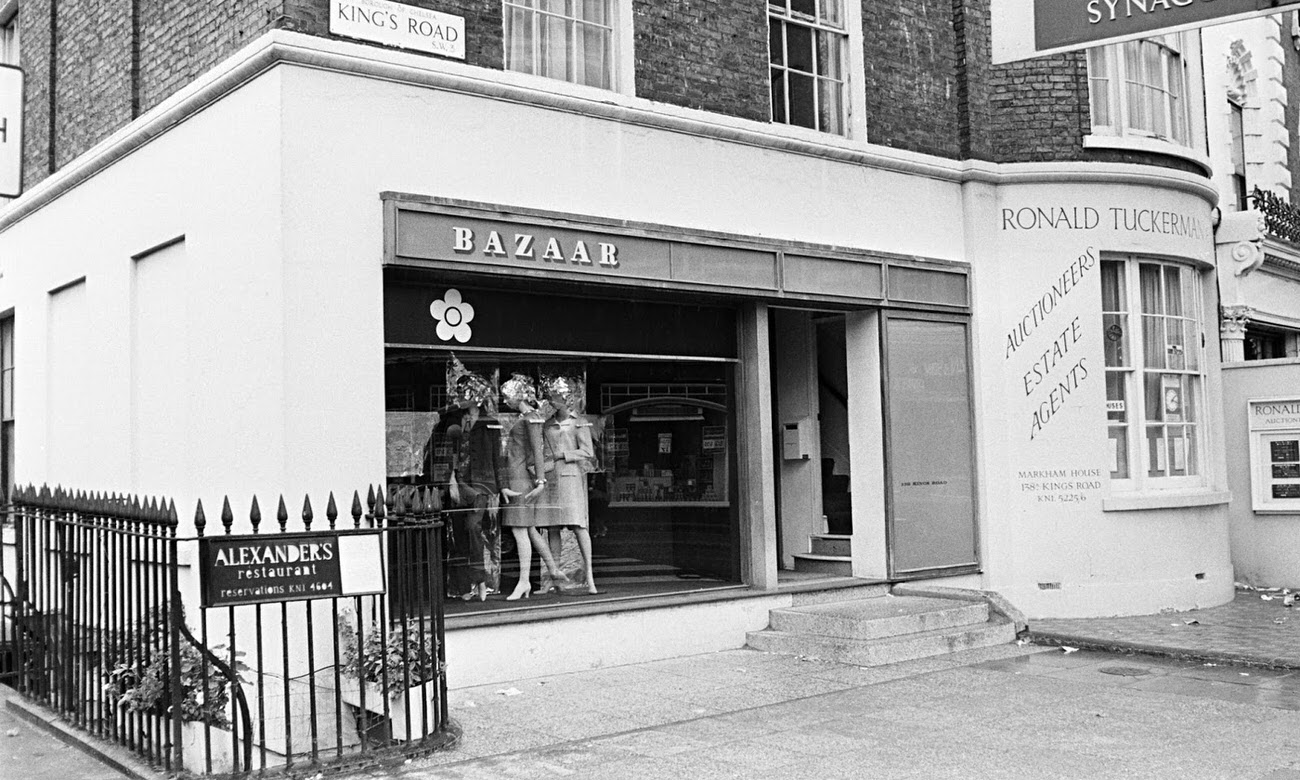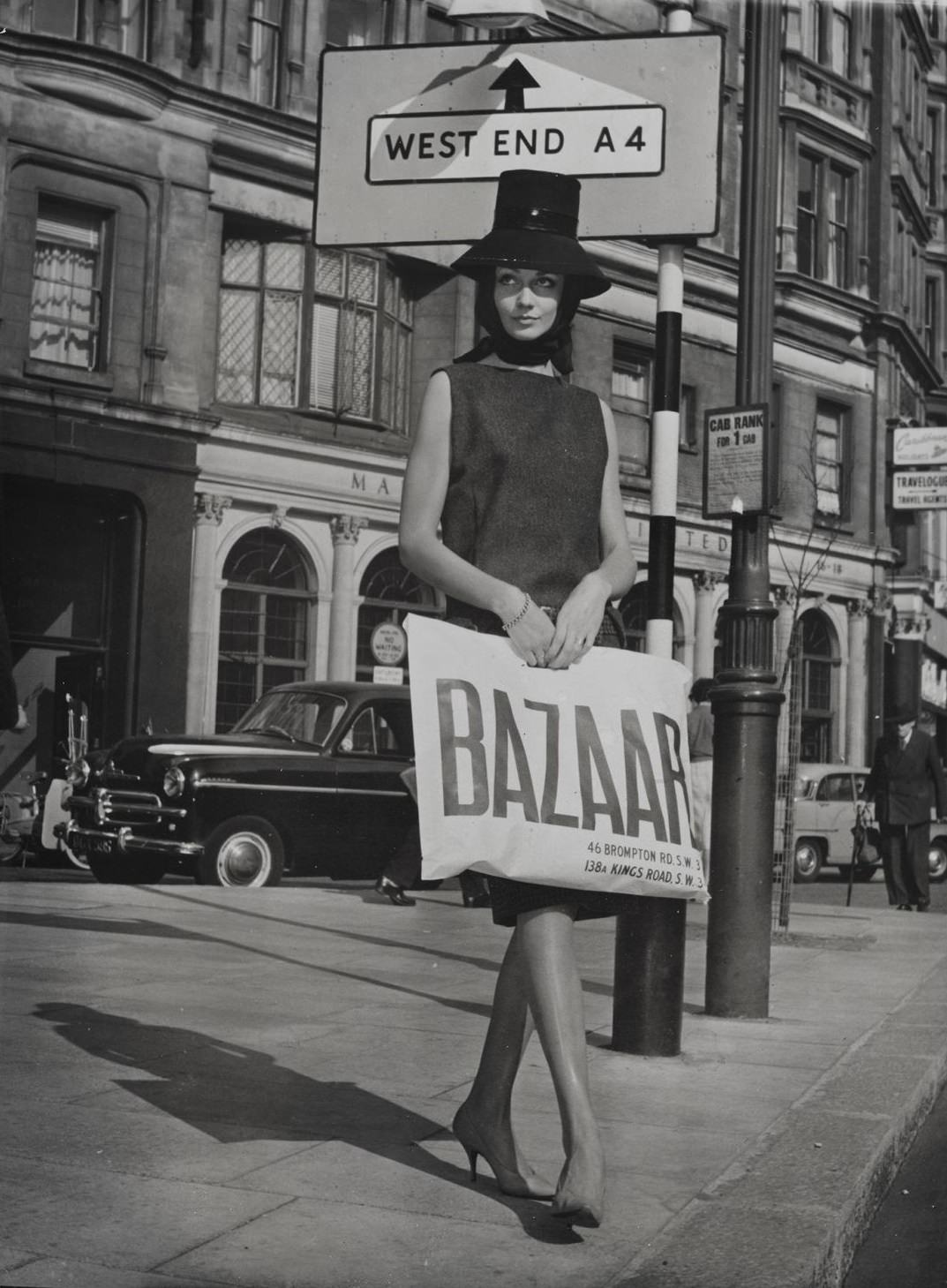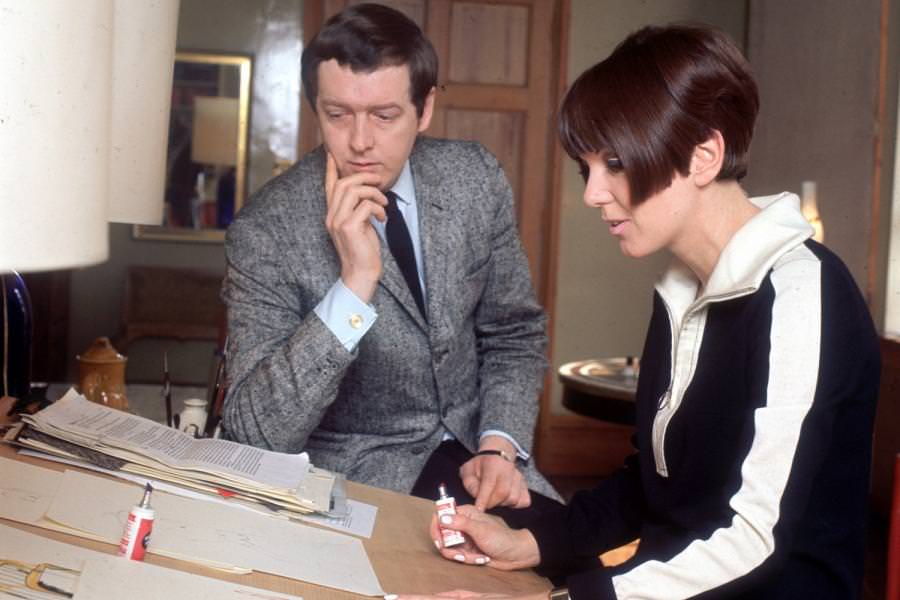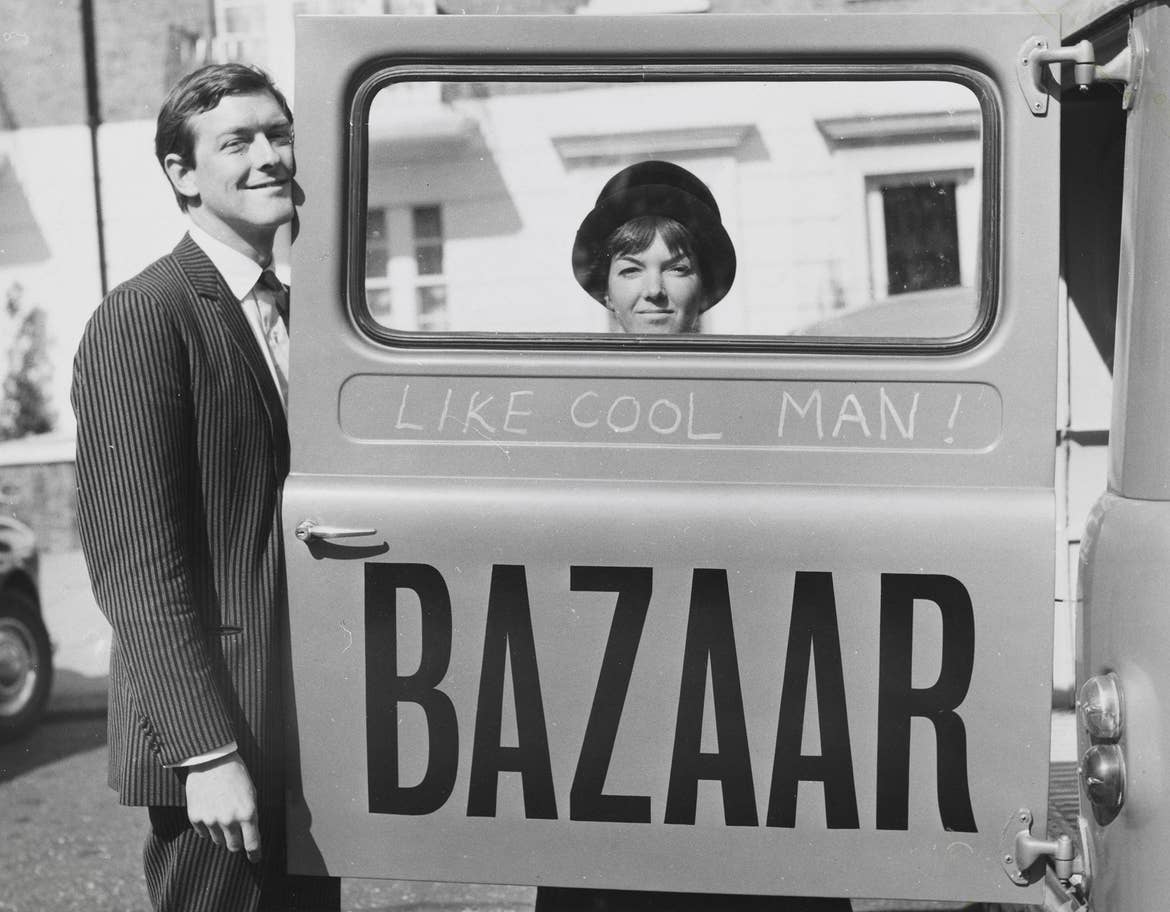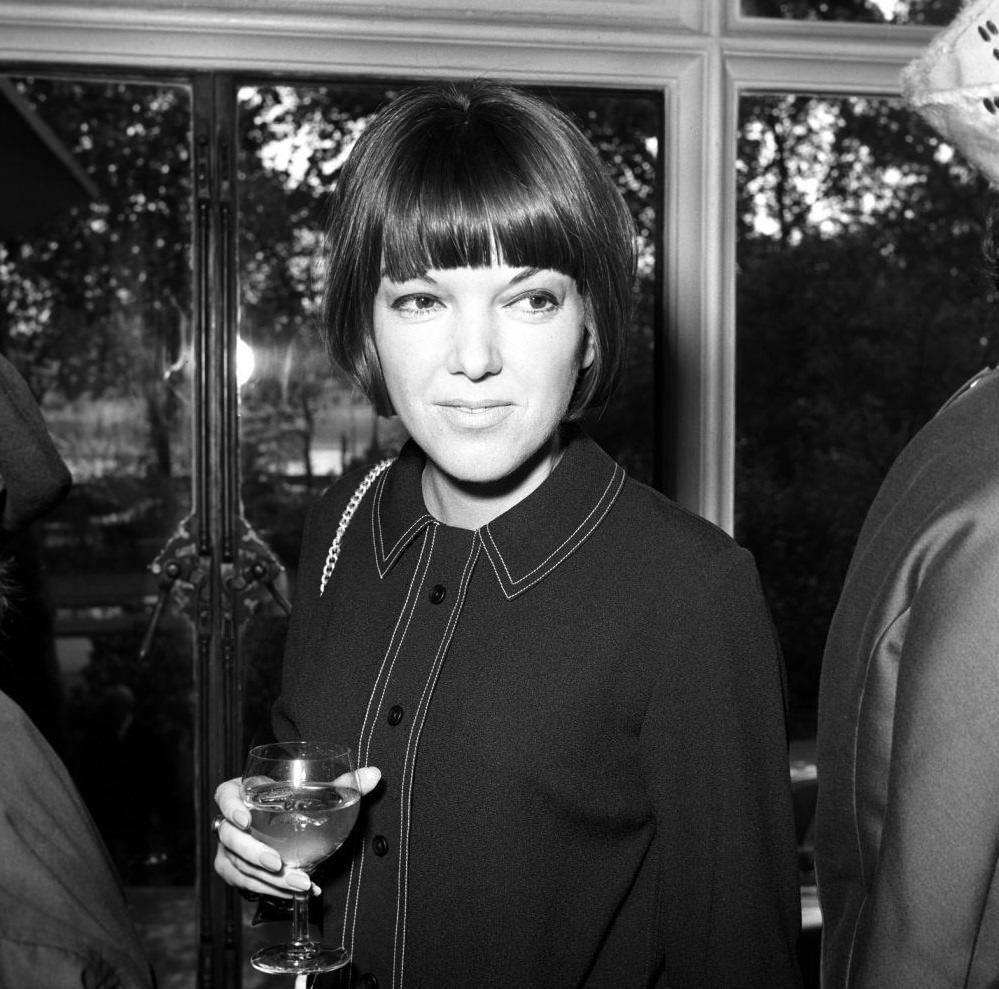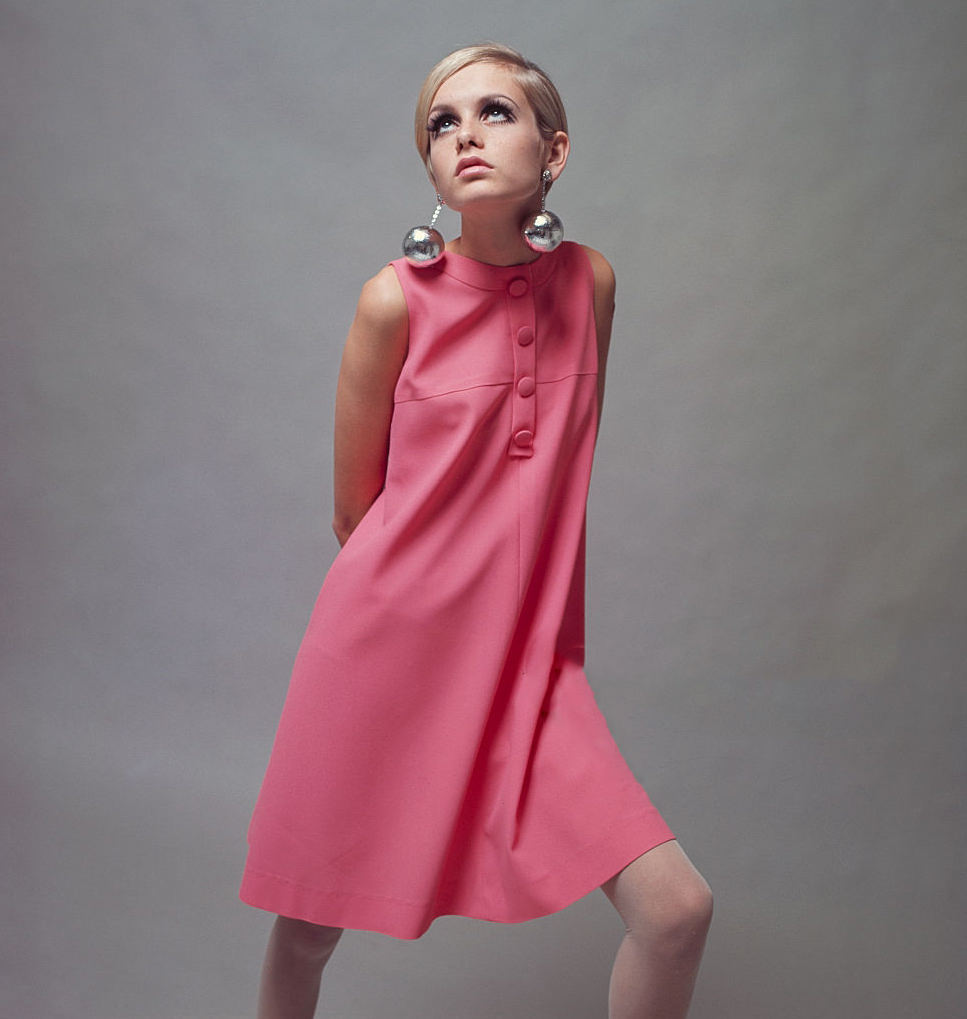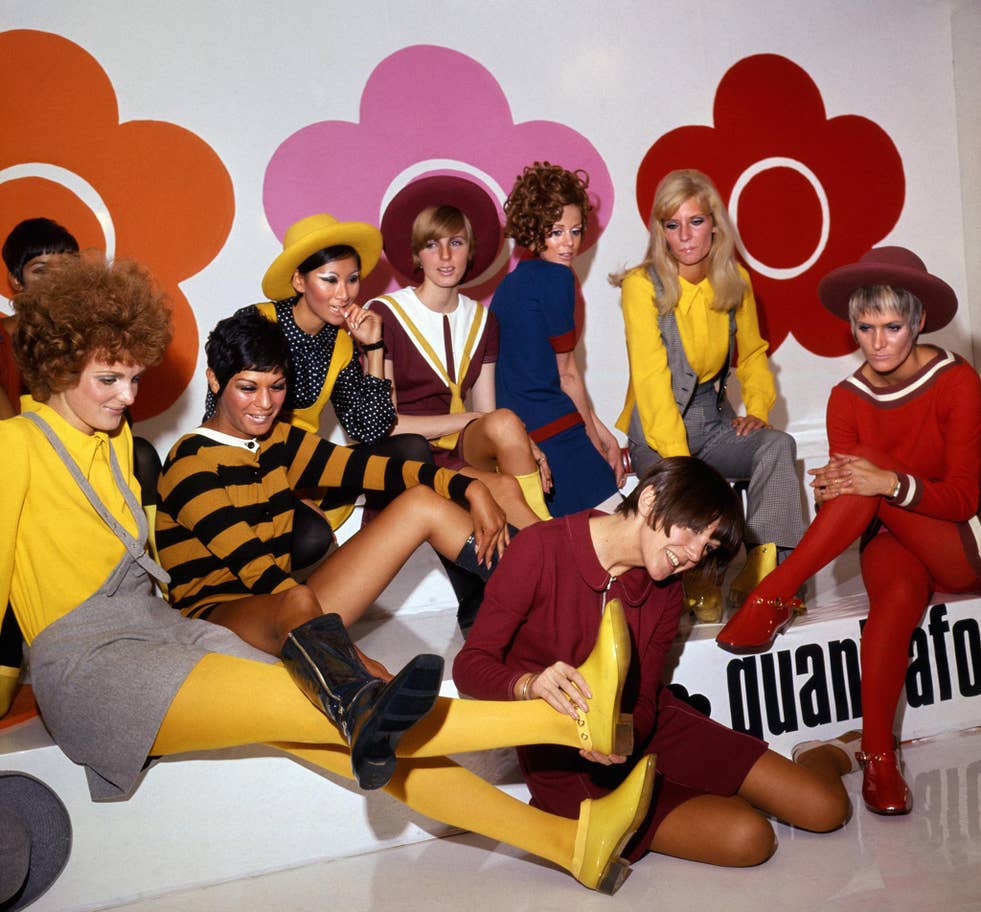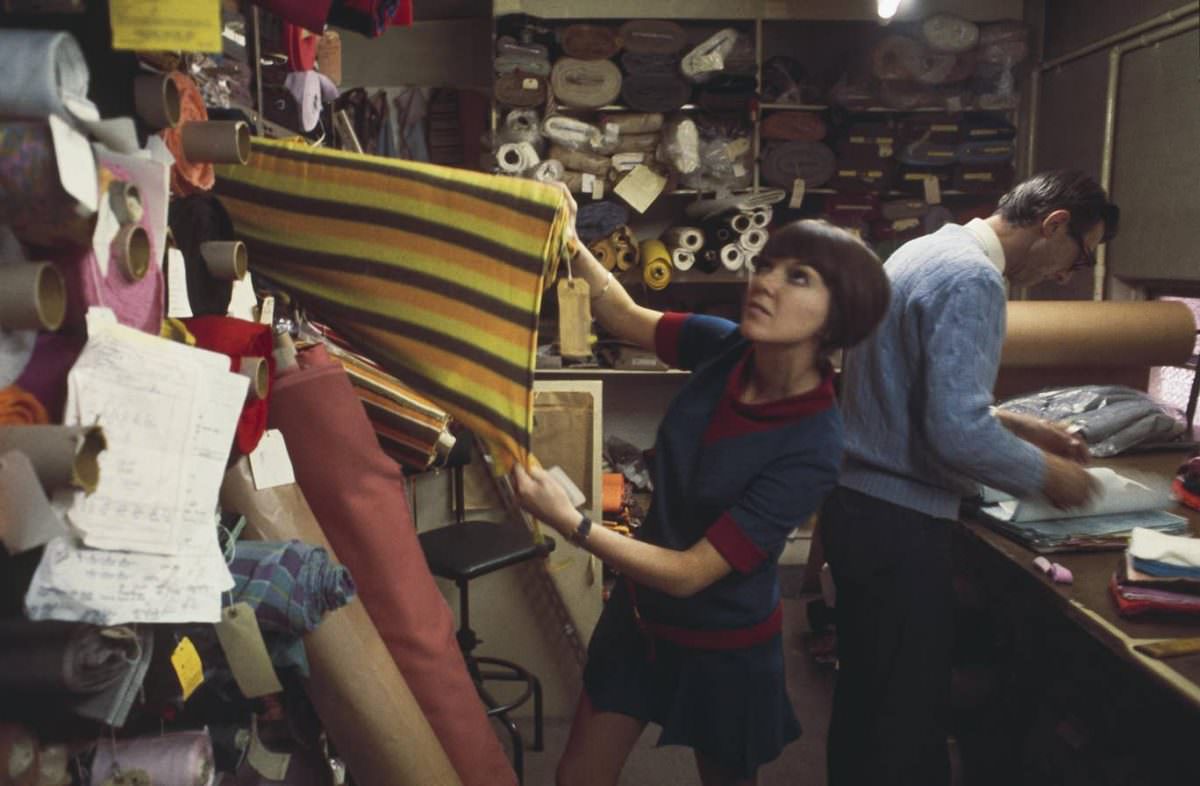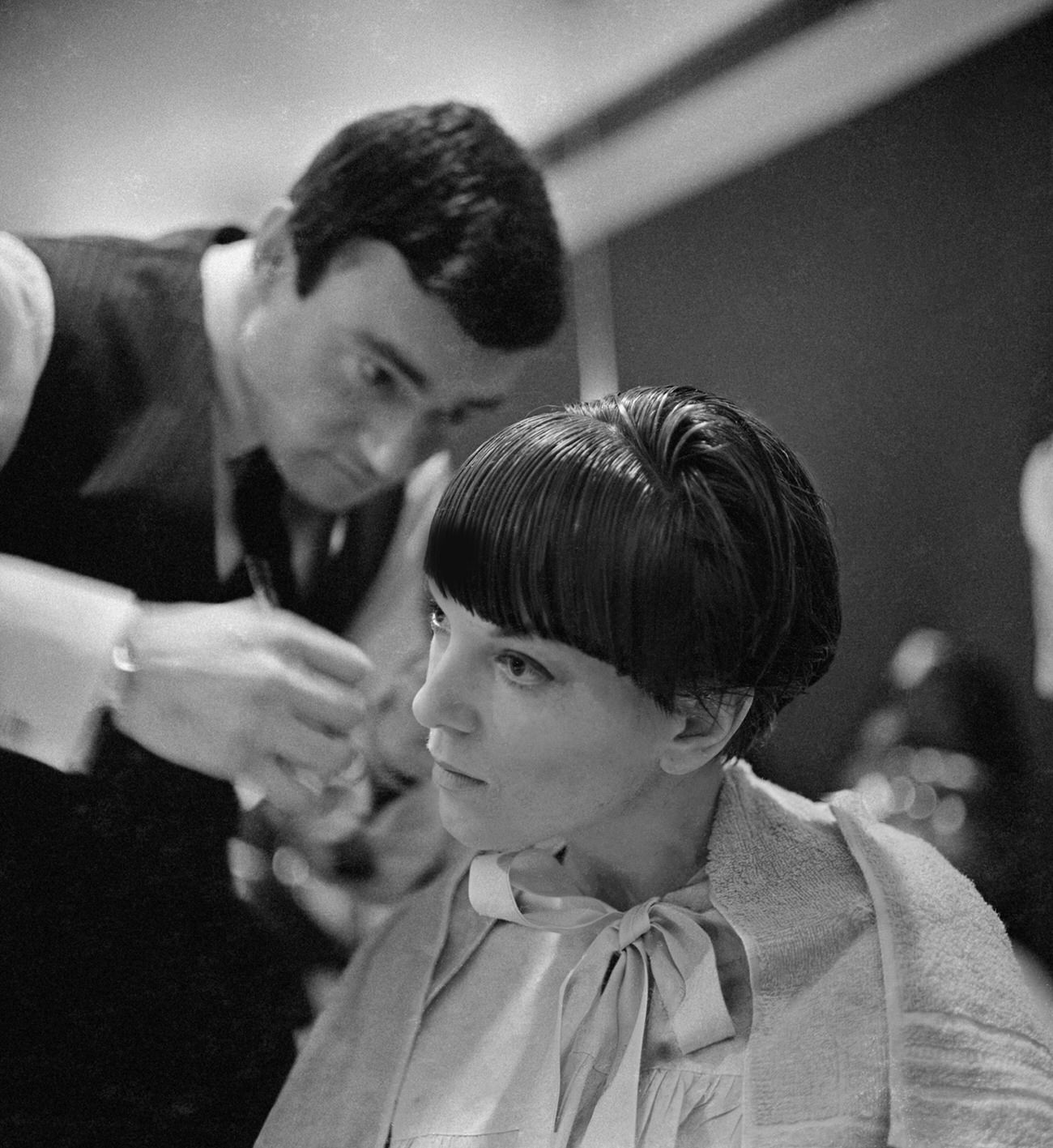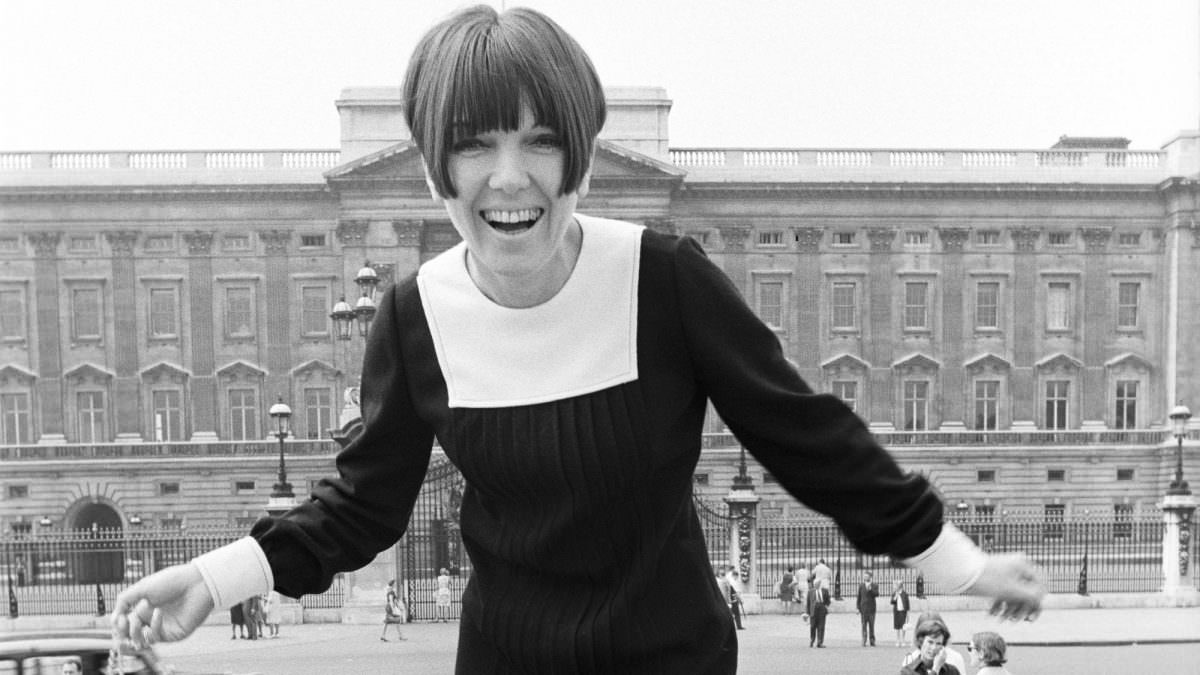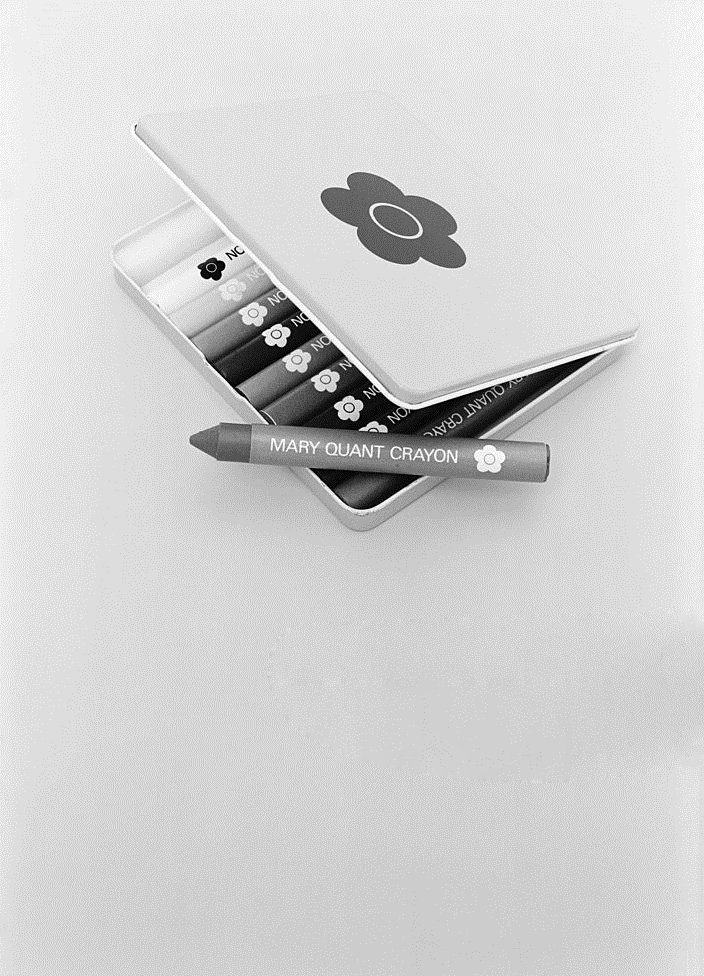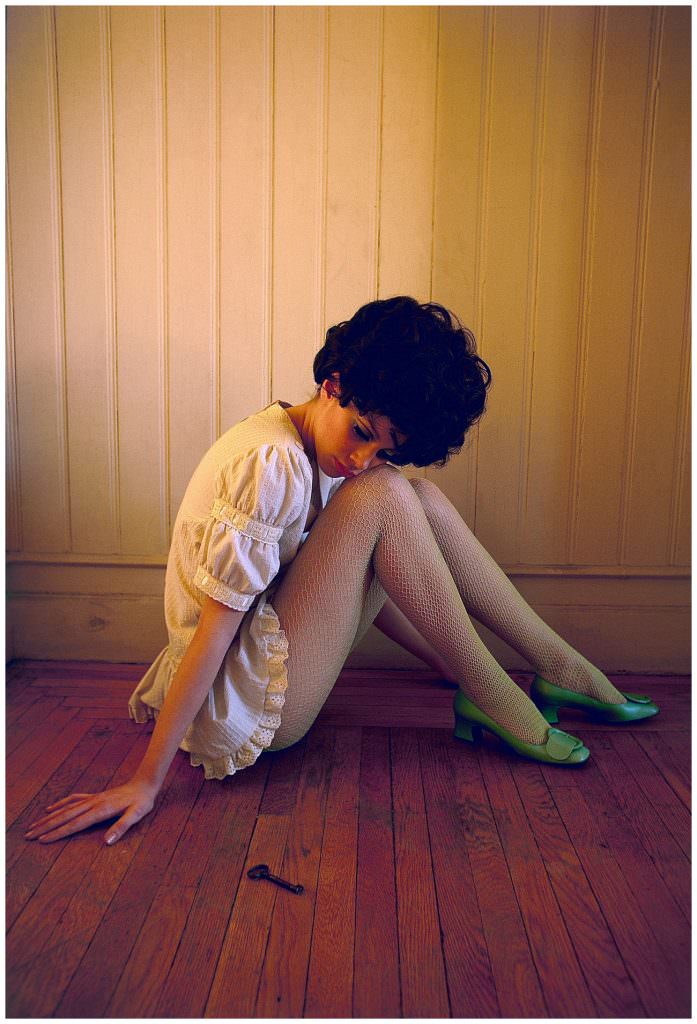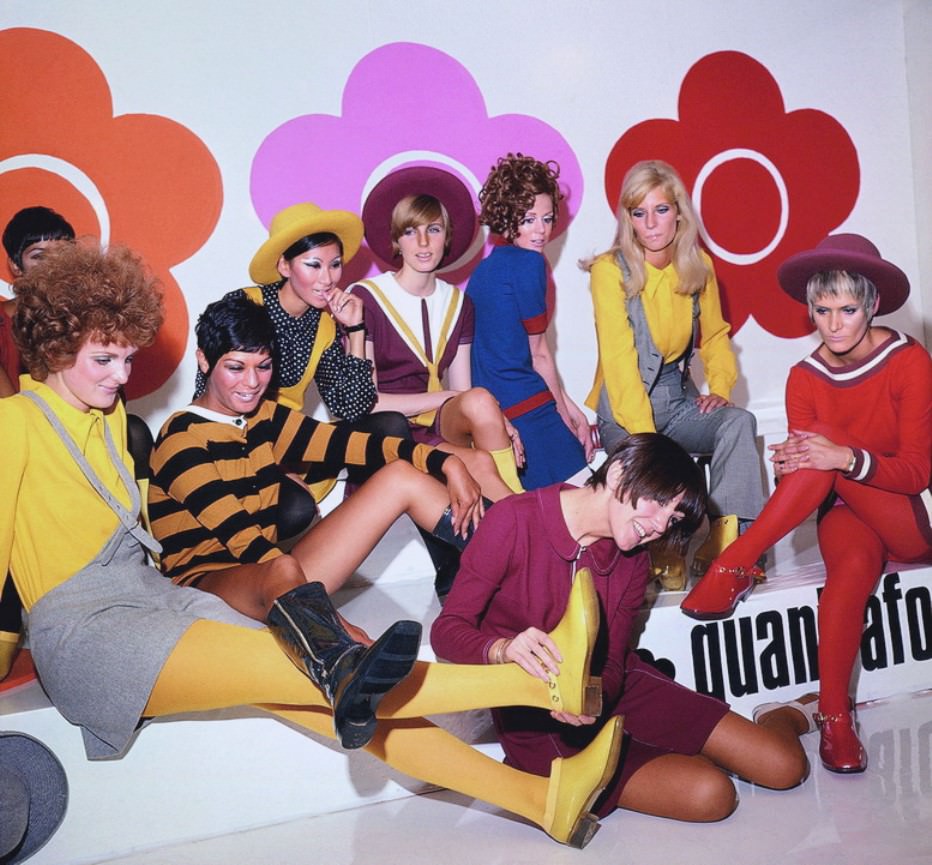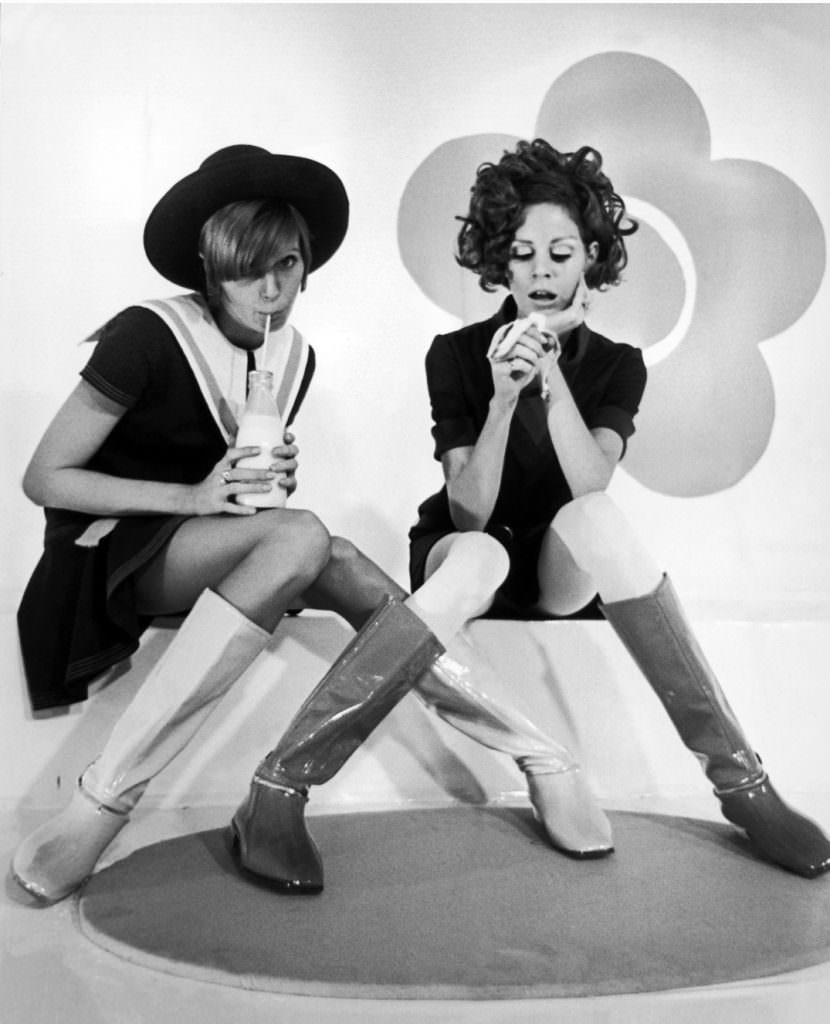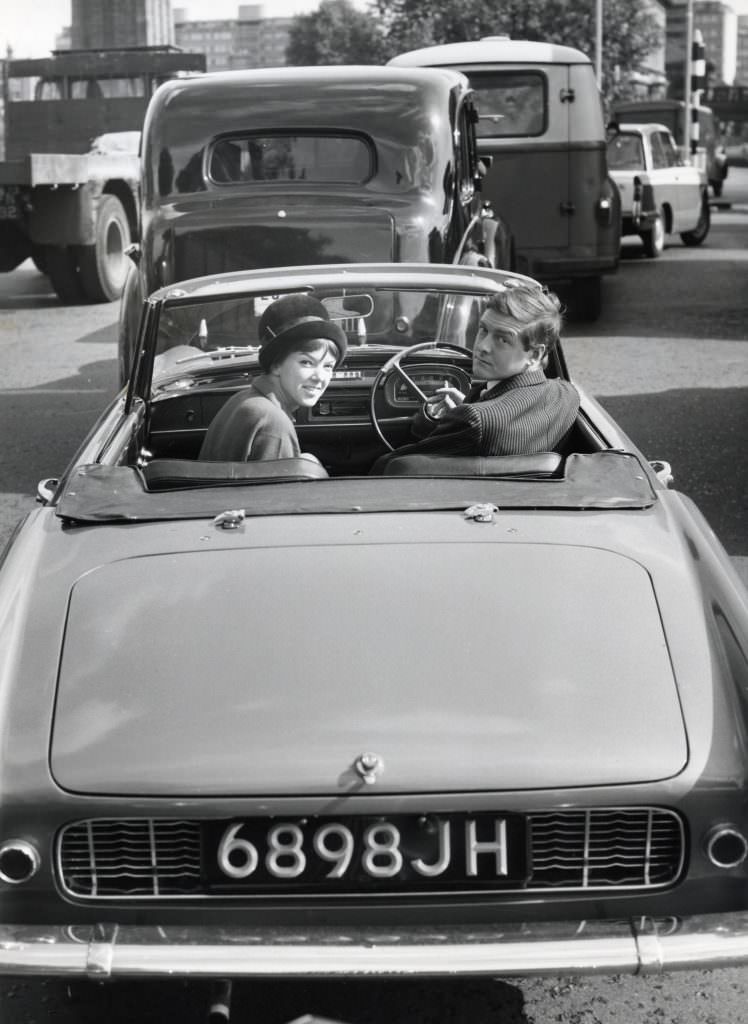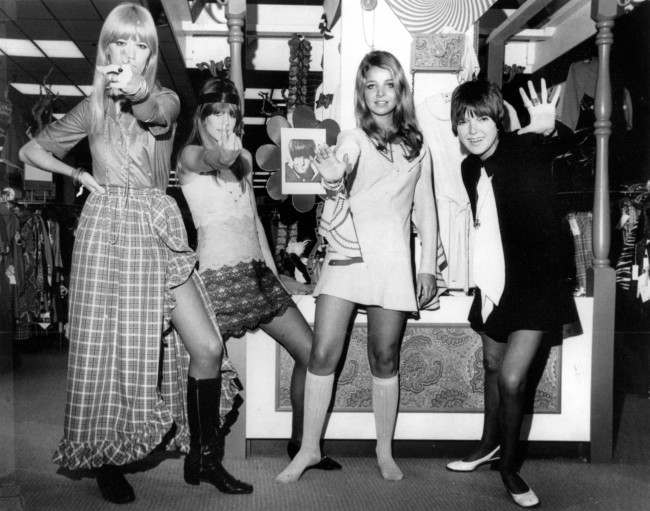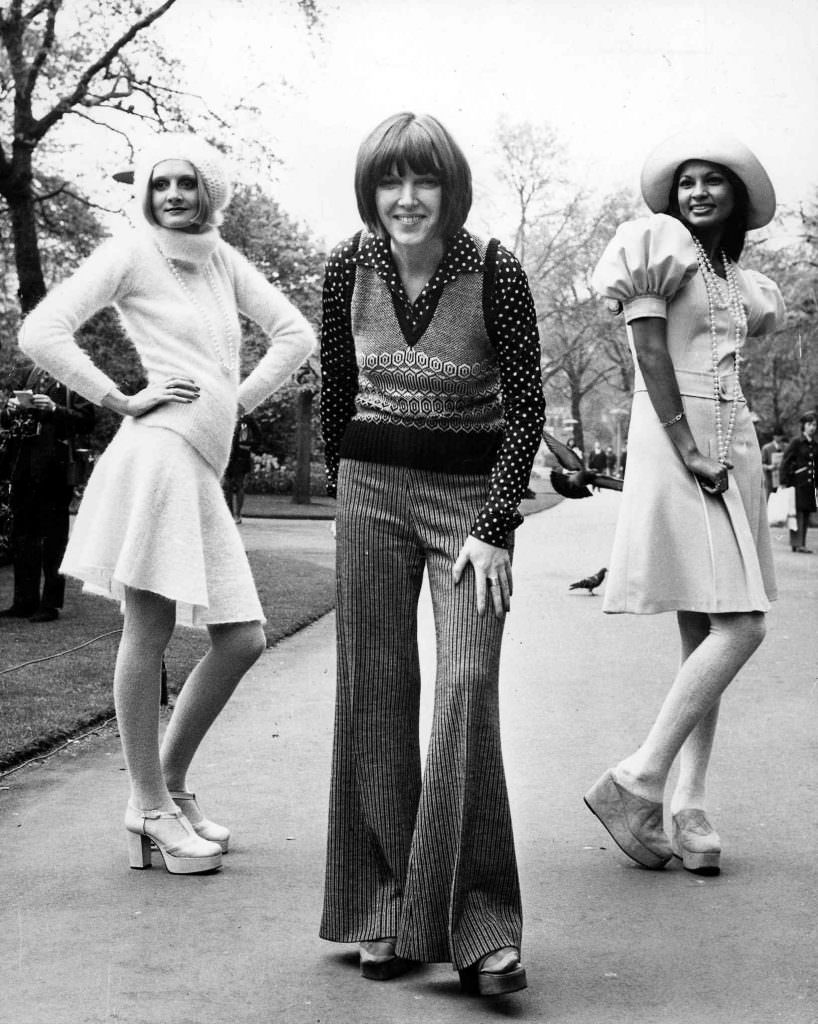Mary Quant is a name that stands out in fashion history. She is often credited with popularizing the mini-skirt, a garment that became a symbol of the 1960s. However, the story of the mini-skirt is more complicated than it appears. While Quant played a significant role in its rise, she was not the sole creator. The King’s Road in Chelsea, London, was the backdrop for this fashion revolution. It was a place where creativity thrived and where a new generation of young people embraced change.
The Rise of Mary Quant
Mary Quant was born on February 11, 1934, in Blackheath, London. She was the daughter of Welsh parents who encouraged her artistic talents from a young age. After completing her education at Goldsmiths College, she began her career in fashion. In 1955, she opened her first boutique, called Bazaar, on the King’s Road in Chelsea. This was a turning point in her life and the fashion world.
Quant’s designs were different from what was popular at the time. She favored simple, youthful styles that allowed women to express their individuality. Her clothes were fun and accessible, appealing to a generation looking for freedom from the constraints of traditional fashion. The youth culture of the 1960s was emerging, and Quant was at the forefront of this movement.
The King’s Road: Fashion Hub
The King’s Road was more than just a street; it was a cultural hub. In the 1960s, it became a meeting place for artists, musicians, and fashion enthusiasts. The area was known for its trendy shops, cafes, and vibrant atmosphere. Young people flocked to the King’s Road to see the latest fashion trends and to socialize.
Read more
Quant’s boutique, Bazaar, quickly became a popular destination. The shop was filled with colorful and stylish clothing. It offered a stark contrast to the more formal fashion of the time. The interior was designed to be inviting and fun, making it a favorite hangout for the Chelsea Set, a group of young creatives and socialites. They were drawn to the youthful spirit of Quant’s designs and the lively atmosphere of the King’s Road.
The Mini-Skirt’s Emergence
The mini-skirt emerged in the early 1960s as hemlines began to rise. Short skirts became a symbol of the changing attitudes toward fashion and femininity. While some credit Quant with inventing the mini-skirt, it is essential to recognize that other designers were also experimenting with shorter styles. John Bates and André Courrèges were among the names mentioned in discussions about the mini-skirt’s origins.
Mary Quant, however, did play a crucial role in popularizing it. She named her version of the short skirt after her favorite car, the Mini. This connection to the Mini Cooper symbolized a new, modern lifestyle. The mini-skirt represented youth, freedom, and a break from traditional norms. It allowed women to move more freely and express themselves in ways that were previously restricted.
The Role of Tights
As skirts became shorter, the availability of tights also changed fashion. Before the 1960s, women typically wore stockings, which were less practical. The introduction of tights allowed women to wear shorter skirts without worrying about how their legs would look. This innovation significantly contributed to the rise of the mini-skirt.
Quant is often credited with popularizing colored and patterned tights as well. She embraced bright colors and bold patterns, which added to the excitement of her designs. Tights became an essential part of the mini-skirt look, allowing women to express their individuality through fashion.
The Chelsea Set
The Chelsea Set was a group of young, artistic individuals who gathered in places like the King’s Road. They were a mix of painters, photographers, writers, and socialites. The Chelsea Set embraced new ideas and lifestyles, challenging traditional norms. They were drawn to the creativity and energy of the area.
Quant described this group as a romantic world of “painters, photographers, architects, writers, socialites, actors, con-men, and superior tarts.” They were known for their distinct style and carefree attitude. This vibrant community greatly influenced the fashion scene and the popularity of the mini-skirt.
The King’s Road was home to several coffee bars, which became popular gathering spots for the Chelsea Set. One of the most notable was the Fantasie coffee bar, which opened in 1955. It was owned by Archie McNair, who lived above the café. McNair and his friends, including Mary Quant and her boyfriend, Alexander Plunkett-Greene, often gathered there to discuss fashion and ideas.
Fantasie became a hotspot for young people. It was a place where they could socialize, listen to live music, and enjoy drinks. The café had a lively atmosphere, with vodka illegally added to the drinks, and hosted local bands like the Chas McDevitt Skiffle Group.


